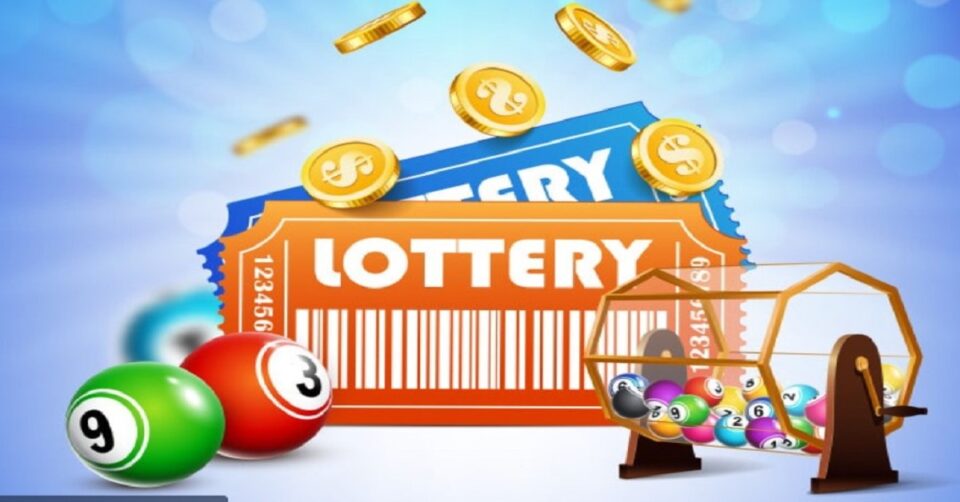The lottery operators implement multiple verification systems to maintain open records and provide clear documentation of all gaming activities. These platforms use blockchain technology, public auditing processes, and real-time reporting to create transparent environments where players can verify game fairness and outcome accuracy. Modern operators publish detailed statistics, maintain public transaction logs, and submit to independent oversight that validates their operational integrity. Transparency measures protect both players and operators by establishing trust through verifiable data and open communication channels, making แทงหวยออนไลน์ operations accountable to public scrutiny.
Public record maintenance
Online lottery operators maintain comprehensive public records documenting all game activities, drawing results, and prize distributions in easily accessible formats. These records include detailed logs of ticket sales, winning numbers, prize claim information, and payout confirmation data that players can review at any time. Public maintenance systems create permanent archives of lottery activities that prevent data manipulation or result tampering. The record keeping extends to financial transactions, regulatory compliance documentation, and operational statistics demonstrating platform reliability. Open record policies ensure all stakeholders can access information to verify platform legitimacy and game fairness.
Independent audit processes
Third-party auditing firms regularly examine online lottery operations to verify compliance with fairness standards and regulatory requirements. These independent reviews analyse random number generation systems, prize distribution accuracy, and financial management procedures. Audit processes examine technical infrastructure, security protocols, and operational procedures that affect game integrity. Professional auditors issue public reports that detail their findings and certify platform compliance with industry standards. The independent oversight provides objective validation that platforms operate fairly while identifying areas for improvement in transparency practices.
Real-time result verification
Digital systems provide instant verification capabilities that allow players to confirm drawing results through multiple independent sources and verification methods:
- Blockchain integration creates immutable records of drawing results that cannot be altered after publication
- Multiple verification nodes confirm result accuracy through distributed consensus mechanisms
- Public APIs allow third-party services to verify and republish drawing results independently
- Cross-platform result comparison enables players to check outcomes across different information sources
- Time-stamped result publication creates audit trails that document precisely when results became available
- Digital signatures authenticate official results and prevent unauthorised result modifications
These verification systems eliminate doubt about result accuracy while providing players multiple ways to confirm drawing outcomes independently.
Financial transparency reporting
Platforms publish detailed financial reports that show revenue distribution, prize payout percentages, and operational cost breakdowns. Financial reporting includes information about total ticket sales, prize pool allocations, administrative expenses, and profit margins. Transparent financial disclosure helps players assess platform sustainability and prize fund adequacy. Reports often include comparative data showing payout percentages relative to industry standards and historical performance metrics. The financial openness demonstrates a platform commitment to fair prize distribution while providing information that helps players make informed participation decisions.
Regulatory compliance disclosure
Online lottery operators publish comprehensive compliance information that details their licensing status, regulatory oversight relationships, and adherence to jurisdictional requirements. Compliance disclosure includes details on governing authorities, license numbers, regulatory audit results, and enforcement actions or penalties. Platforms clearly explain applicable laws, player protection measures, and dispute resolution procedures. The regulatory transparency helps players confirm platform legitimacy while demonstrating operator commitment to legal compliance.
Compliance information often includes contact details for regulatory authorities and instructions for filing complaints or inquiries about platform operations. These transparency measures build player confidence while demonstrating operator commitment to fair practices and regulatory compliance. The comprehensive approach to openness protects player interests while establishing industry standards for transparent lottery operations that benefit all participants.

